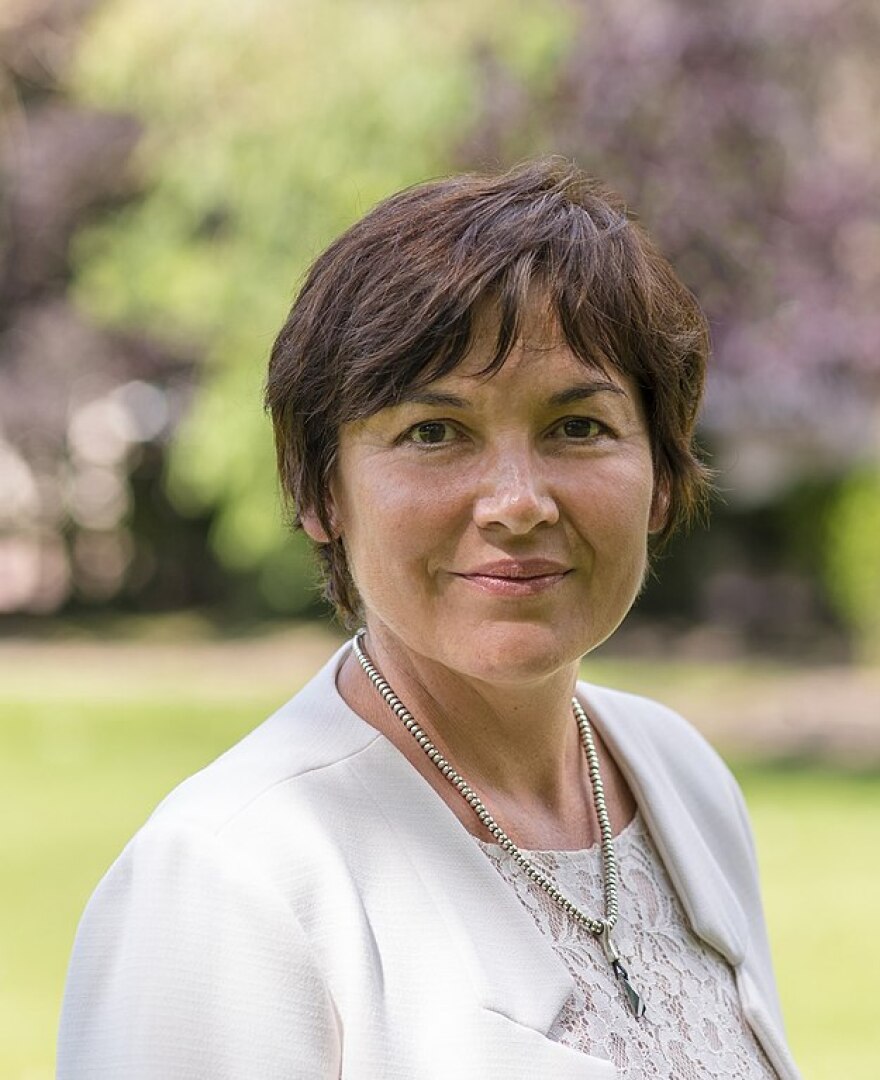The legacy of French nuclear weapons tests in the South Pacific has triggered a surge of anxiety in French Polynesia. A report by a child psychiatrist said the children of people exposed to radiation suffered high rates of deformities and developmental disorders. The President of French Polynesia accused the doctor of creating a panic. We have more, from Neal Conan in today’s Pacific News Minute.
Starting in 1966, France conducted 193 tests on two islands. In the open air at first, then later, underground.
Moruroa and Fangataufa remain highly radioactive. They were uninhabited, but other nearby islands were not. The winds carried fallout to more distant islands. Plus, over thirty years, about 150,000 French military personnel worked on the test program.
The French government insisted that no one had been harmed by the tests until 2009, but even then, a law providing compensation was so narrowly drawn that almost all claims were rejected.

In last year’s presidential election campaign, Emmanuel Macron pledged to resolve the issue, and, earlier this month, the new president dispatched his Overseas Minister on a five day visit to Tahiti.
Annick Girardin launched a project to create a nuclear testing archive and a memorial in Papeete. While she was there, Christian Sueur, the former head of child psychiatry in Tahiti, told a French newspaper that a quarter of the children he treated suffered from disorders and deformities he attributed to genetic mutation. That set off what President Edouard Fritch described as a panic.
He was quick to endorse Dr. Sueur’s call for an independent investigation, and Minister Girardin was just as quick to follow. Roland Oldham, the head of the Nuclear Test Veterans organization was skeptical, and called on Paris to start paying compensation, while victims are still alive.




